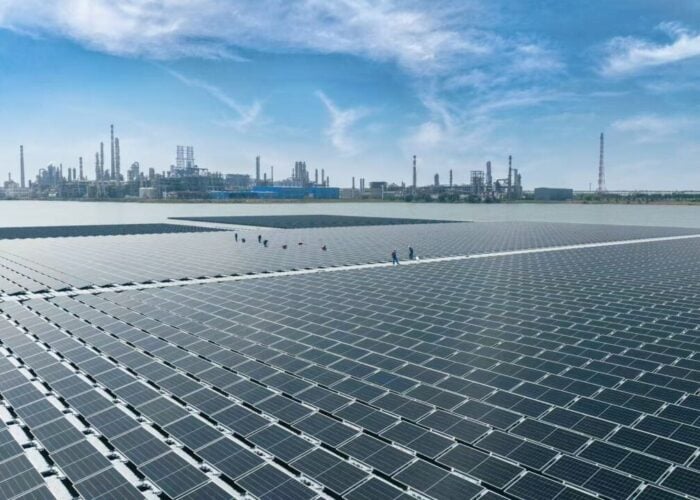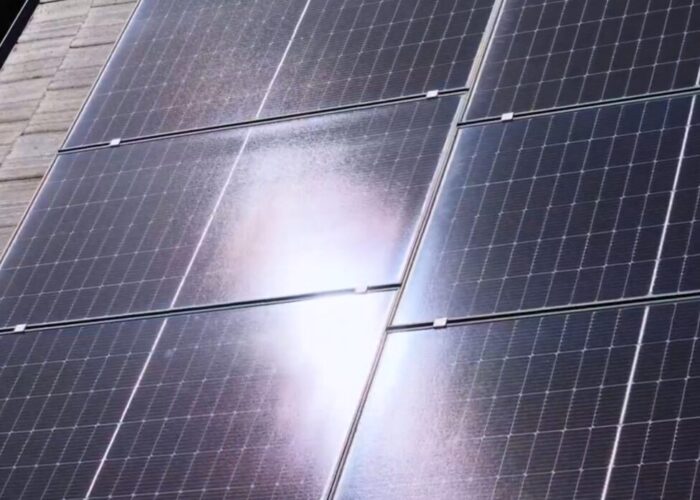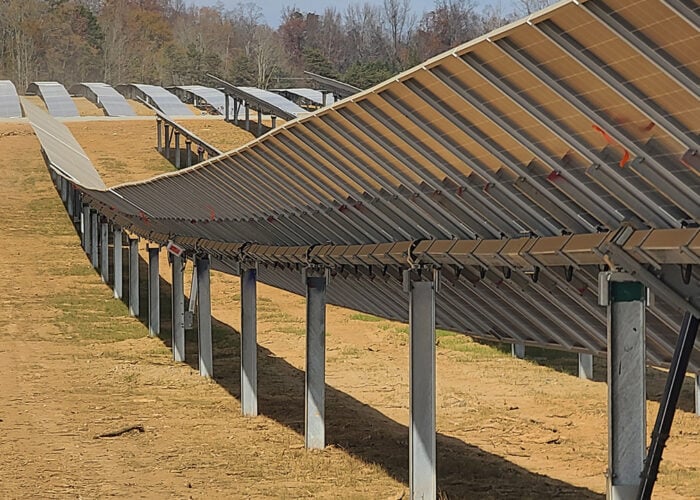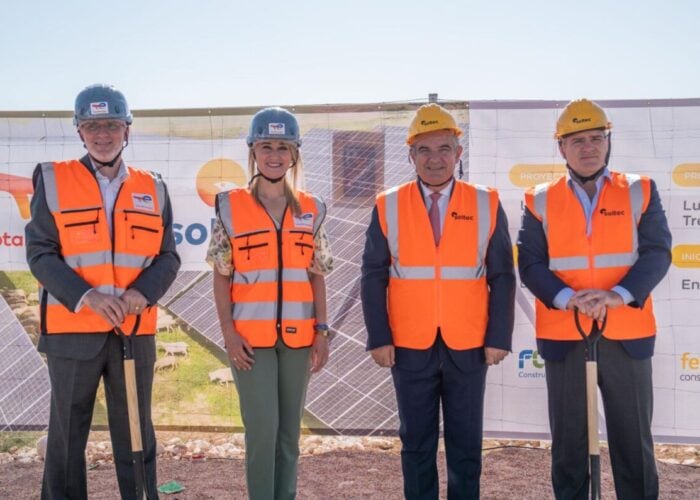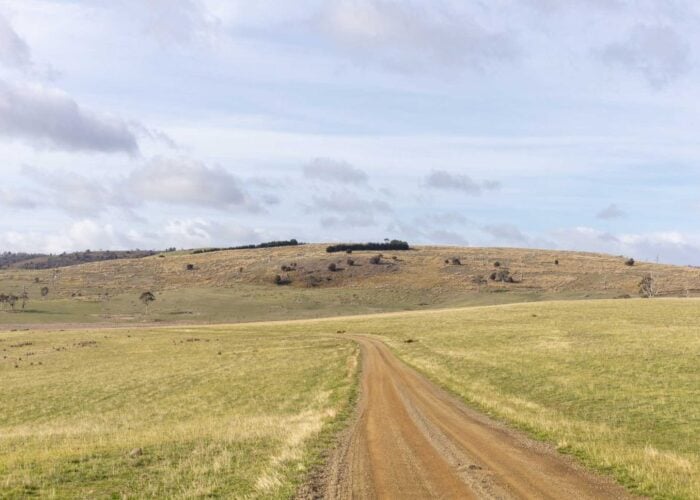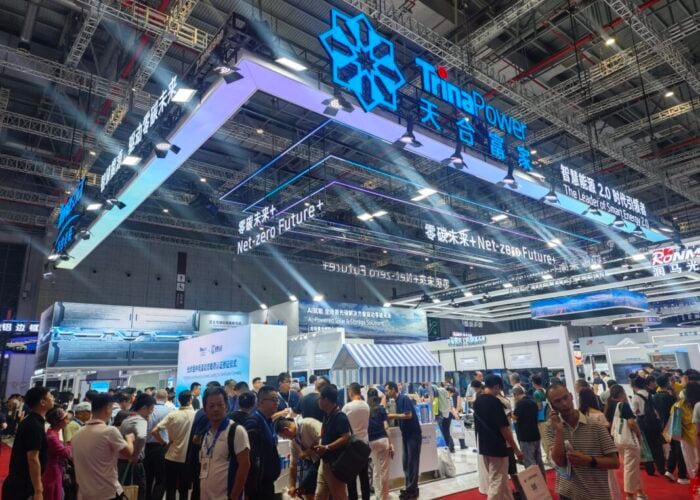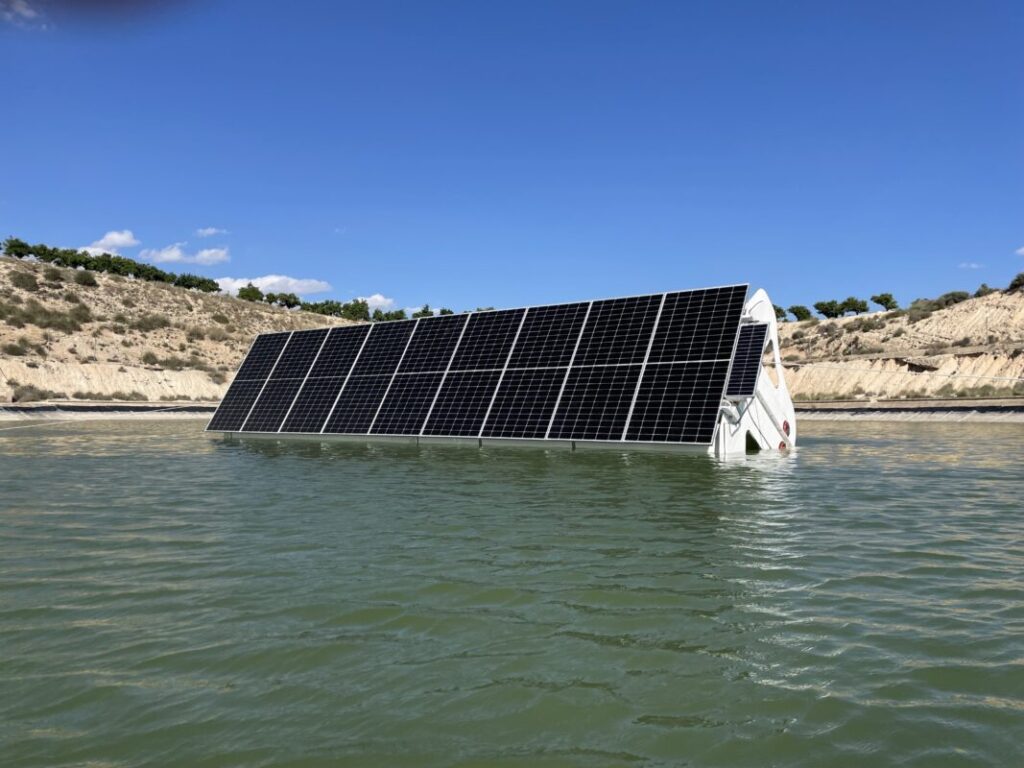
Spanish solar PV tracker manufacturer Soltec has launched a new floating tracker designed for inland water bodies such as reservoirs and ponds.
The new tracker, dubbed Flotus, features an east-west tracking system, similar to horizontal ground-based solar trackers, and what the company described as an “advanced naval design” that enables it to withstand the rigors of being located on water.
Unlock unlimited access for 12 whole months of distinctive global analysis
Photovoltaics International is now included.
- Regular insight and analysis of the industry’s biggest developments
- In-depth interviews with the industry’s leading figures
- Unlimited digital access to the PV Tech Power journal catalogue
- Unlimited digital access to the Photovoltaics International journal catalogue
- Access to more than 1,000 technical papers
- Discounts on Solar Media’s portfolio of events, in-person and virtual
Flotaing PV is one of the fastest-growing solar segments worldwide, enabling the deployment of PV in areas where land availability is scarce. However, the addition of tracking technology to floating installations is a relatively new area of innovation for the industry.
Ignacio Melón, general manager of Soltec Innovations and project leader, said: “We have redefined the traditional approach. Existing solutions in this segment were based on ground-mounted photovoltaic structures placed on floaters. With Flotus, we started from a nautical structure equipped with photovoltaic modules, optimising energy efficiency through better orientation and solar tracking.”
The design of Flotus comprises three main components: two longitudinal floaters and a central floodable tank responsible for regulating the east-west rocking movement. Equipped with pumps, the central tank provides the structure with ballast, enabling the tracker to maintain its operation in gusts of wind of over 100km/h, according to the company.
Soltec said that compared to fixed-mount floating PV system, the tracker offers an increased energy production of 15-25%, depending on lattitude. The design also allows the use of bifacial PV modules, unlike traditional floating systems.
The company said it was receiving initial expressions of interest from developers in Spain and the United States with plans to undertake the first pilot projects next year.

